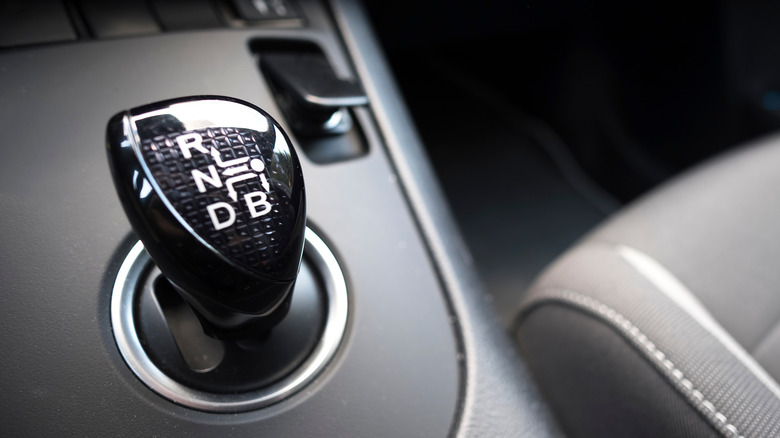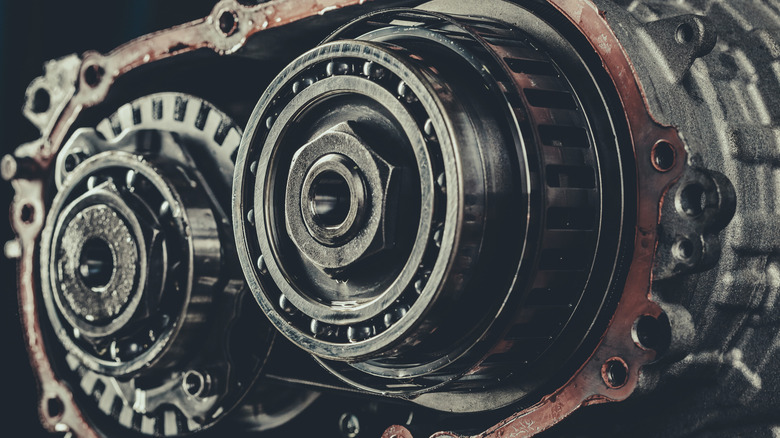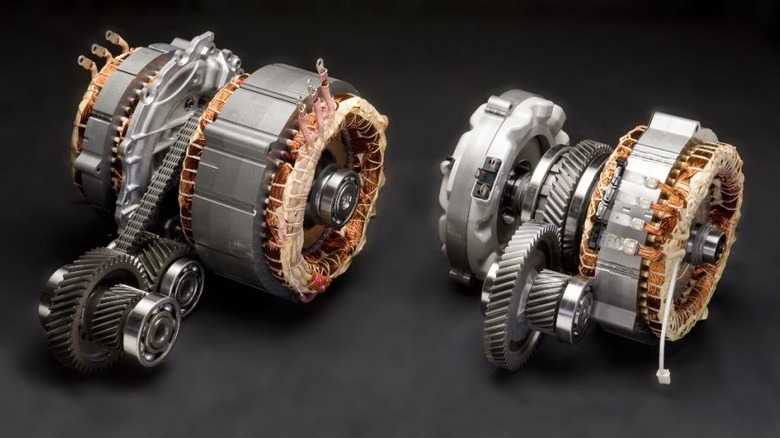
The term “CVT”, short for Continuously Variable Transmission, already confuses plenty of drivers, so naturally, automakers had to go and add a new twist. Enter the e-CVT or electronic-Continuously Variable Transmission. You’ve seen it in hybrid specs and maybe even heard it buzzing away under the hood of a Toyota Prius or a Honda Accord Hybrid. But here’s the catch: it’s not really a CVT in the traditional sense at all.
A conventional CVT, uses belts or pulleys to offer an infinite number of gear ratios between low and high. The idea is smooth, efficient power delivery without any hard shifts. You rev up, and the car just, well, goes. No gear hunting, no shift shock, just a seamless ride. There are plenty of cars making use of it, and even some you may not know came with a CVT. An e-CVT, though, doesn’t have pulleys or belts at all. It’s an entirely different beast that lives mostly in hybrids, and instead of shifting physical gears with hardware, it blends the output of electric motors and a gas engine through software and planetary gears. Sounds fake? It isn’t. But it’s definitely different.
e-CVTs are digital wizardry compared to mechanical CVTs

The biggest difference between a traditional CVT and an e-CVT is how they go about their job. Regular CVTs mechanically change the gear ratio using pulleys that expand and contract with a belt running between them. That’s how they keep the engine in its ideal power band, balanced for fuel efficiency and smooth acceleration. Think of it like a very smart, infinitely variable bicycle gear.
e-CVTs don’t do any of that. Instead, they use a planetary gearset paired with two electric motors and an internal combustion engine. The system constantly analyses speed, driver input, engine power to select an optimal gear ratio for the conditions. The result is a setup with no belts or chains, thus greatly improving durability and reliability while being lightweight, although the system does require additional cooling. In Toyota’s hybrid systems, for example, the internal combustion engine and electric motor work through a Power Split Device that determines where the power goes and when. It’s Toyota’s version of the e-CVT.
So why does it still feel like a CVT?

If the e-CVT isn’t even a CVT in the traditional sense, why does it act like one? The answer comes down to driving feel. Both deliver seamless acceleration and keep the engine at an optimal rev range to either improve efficiency or more power under load. To the average driver, it still feels like a CVT because that dreaded rubber band effect is still there since there are no traditional shift points of a conventional gearbox. So the revs may sound disconnected from road speed.
But here’s the kicker; because e-CVTs rely on electric motors and computer control, they’re often more responsive than pulley-based CVTs. They’re more fuel efficient, quicker accelerating, and better at mimicking the feel of a conventional transmission when they need to, with the possibility of built-in sequential shifting function. So the next time you hear someone dismiss an e-CVT as just another buzzkill transmission, you’ll know better. It’s not just a CVT, it’s a whole different drivetrain game.







